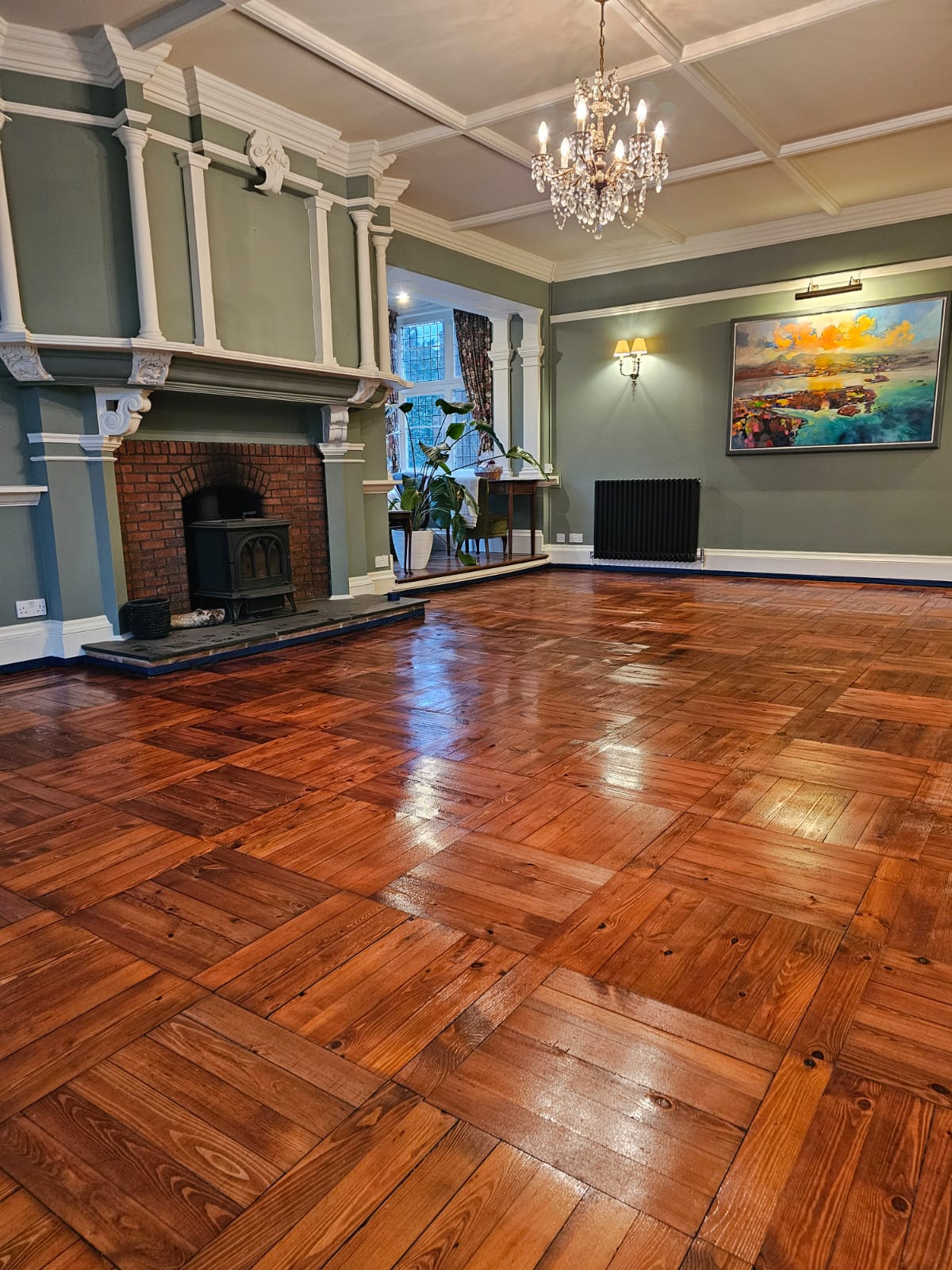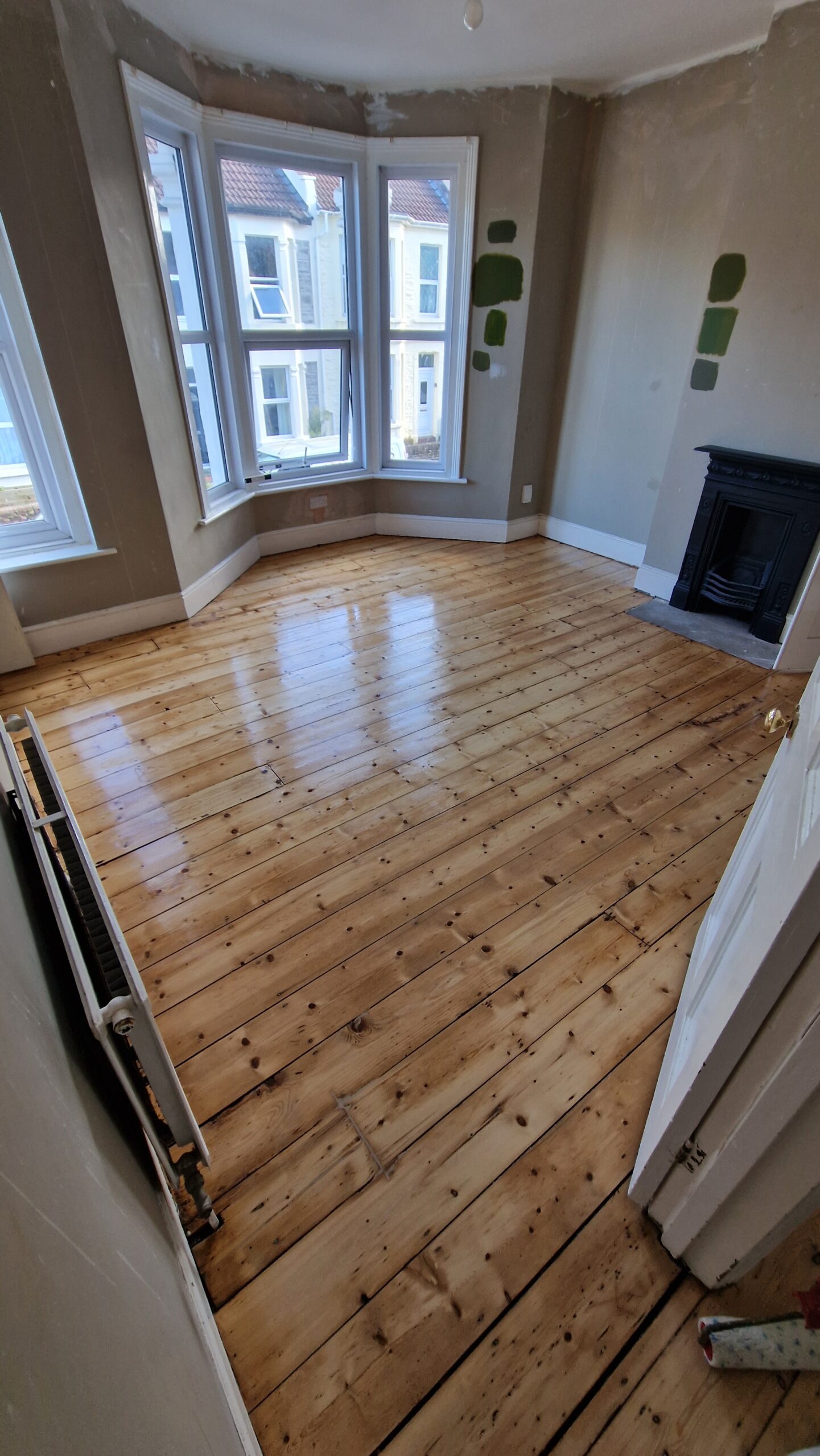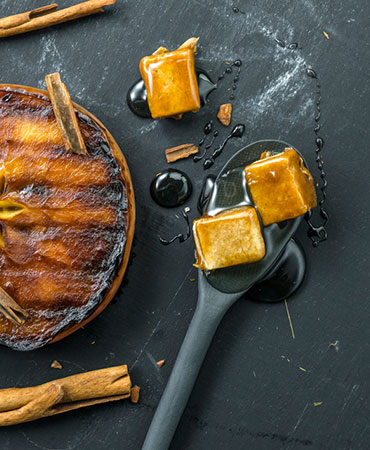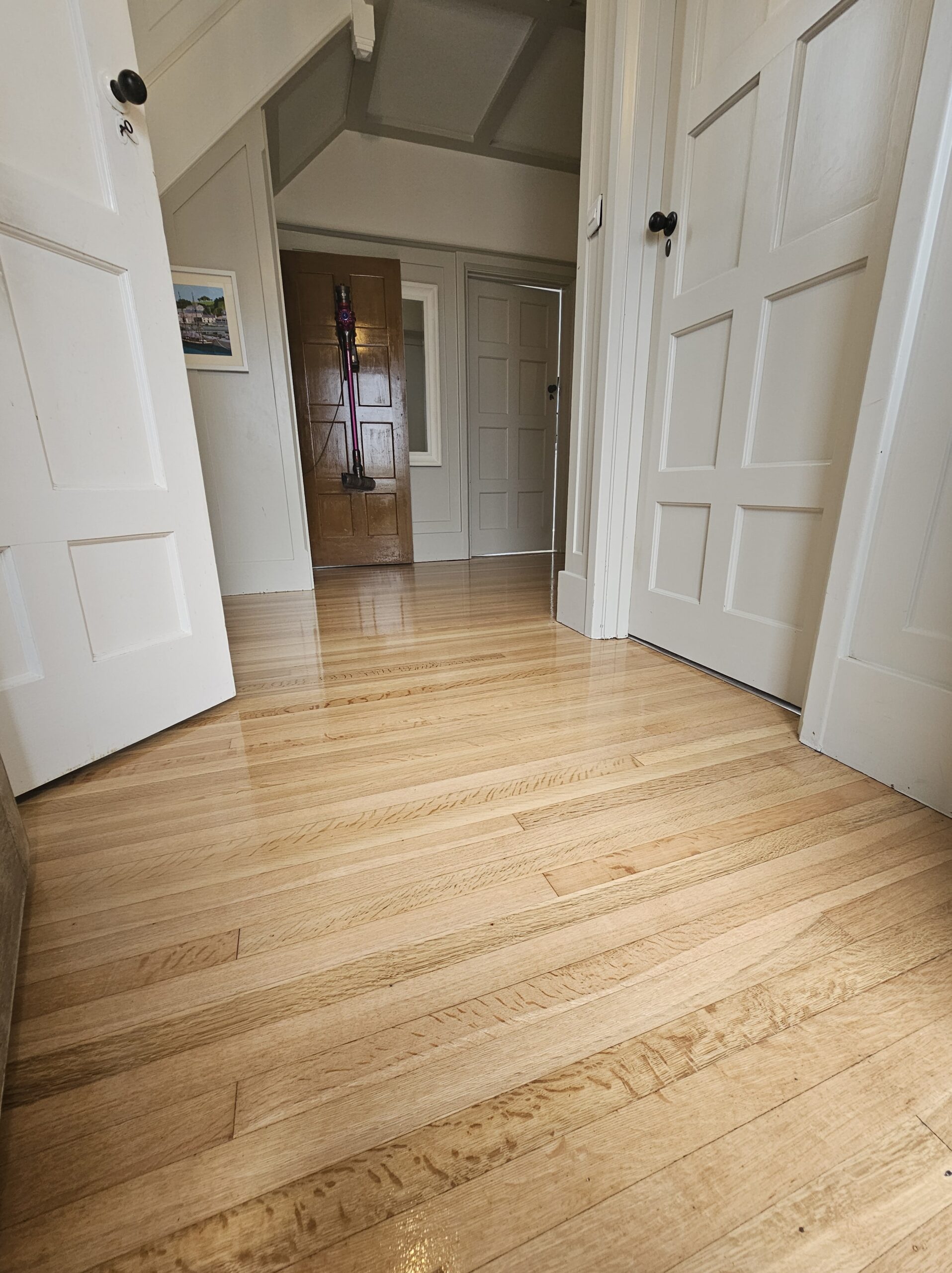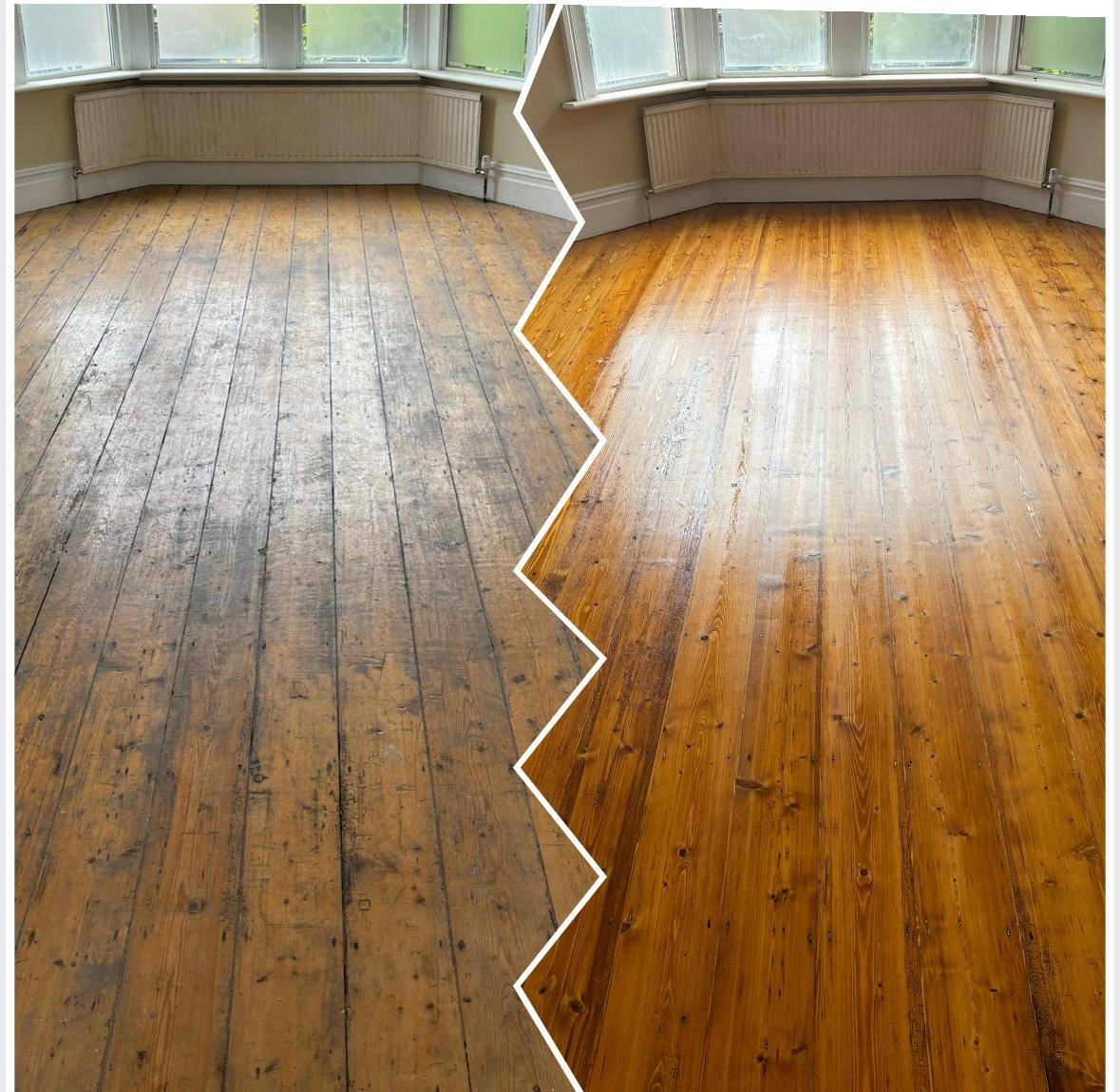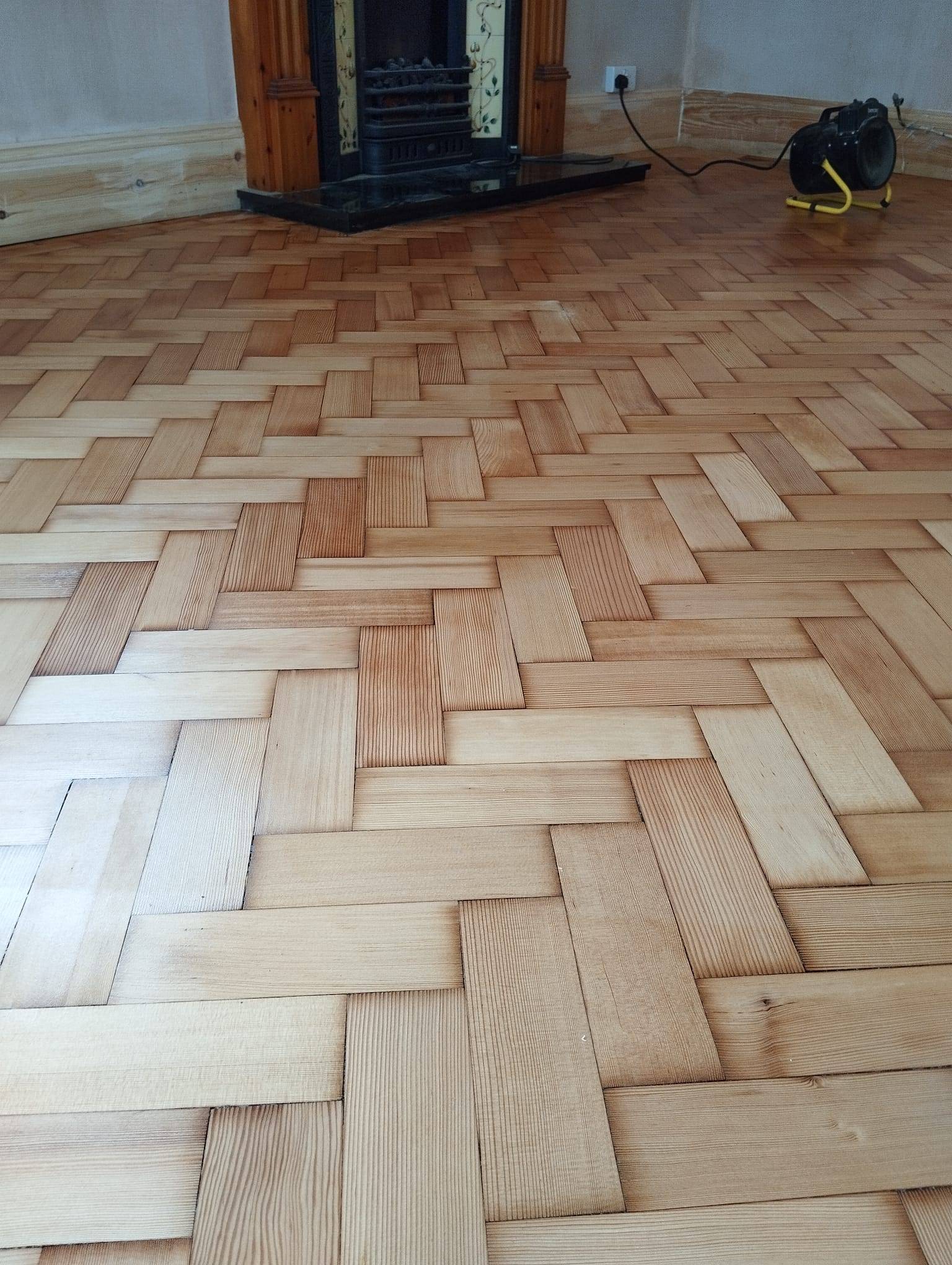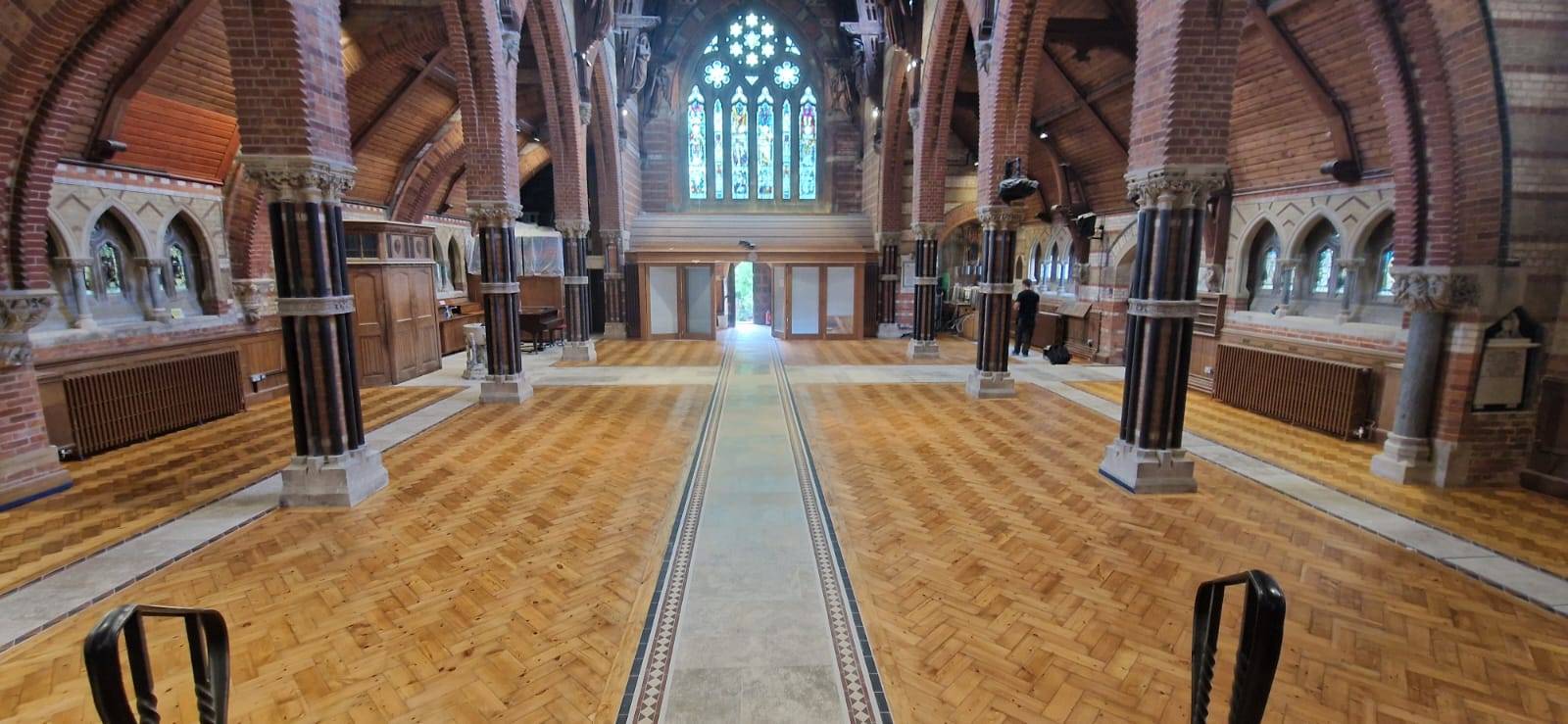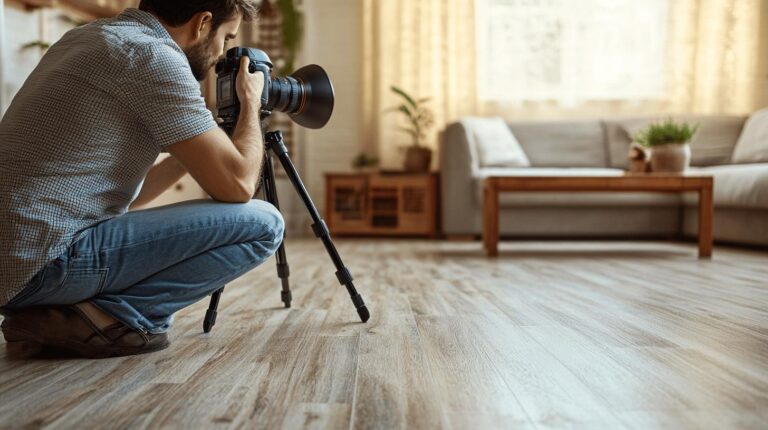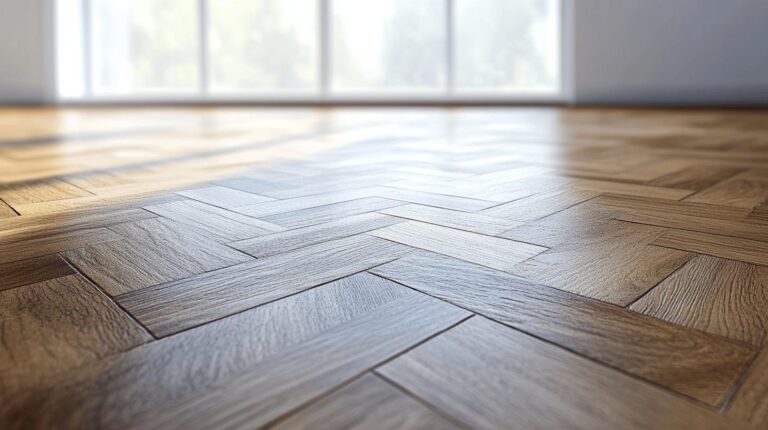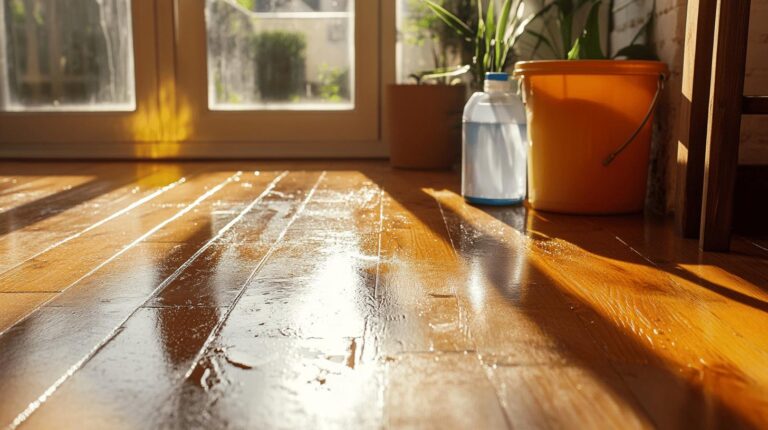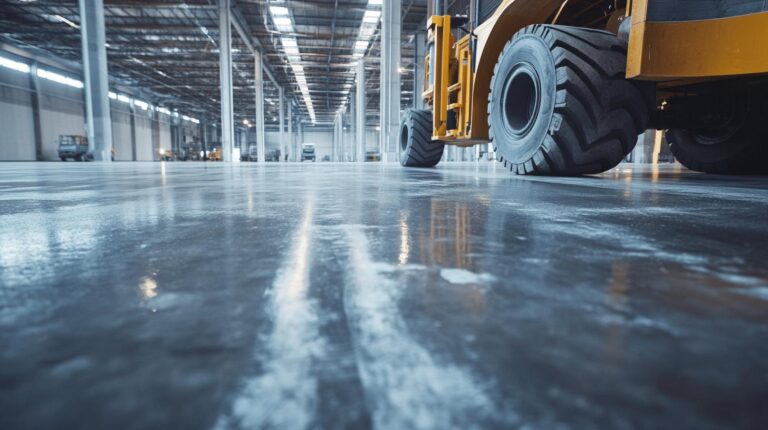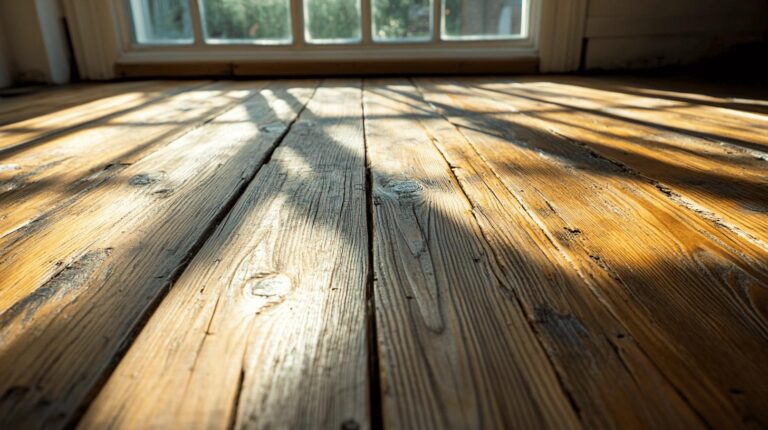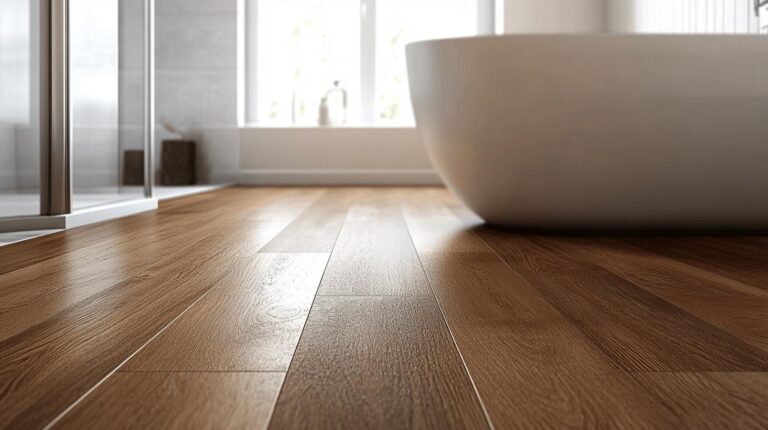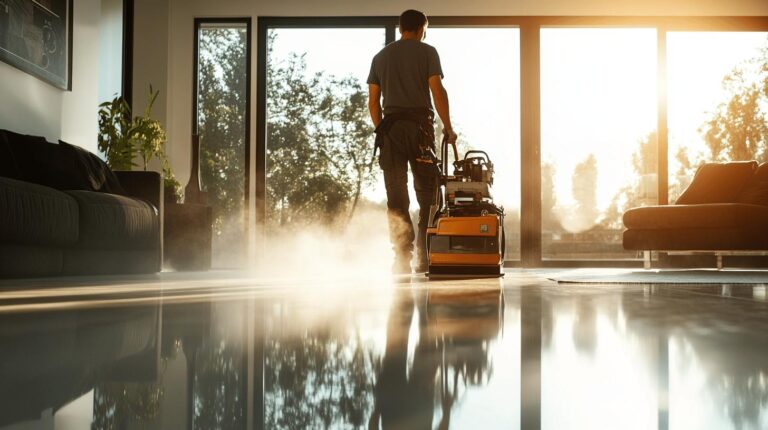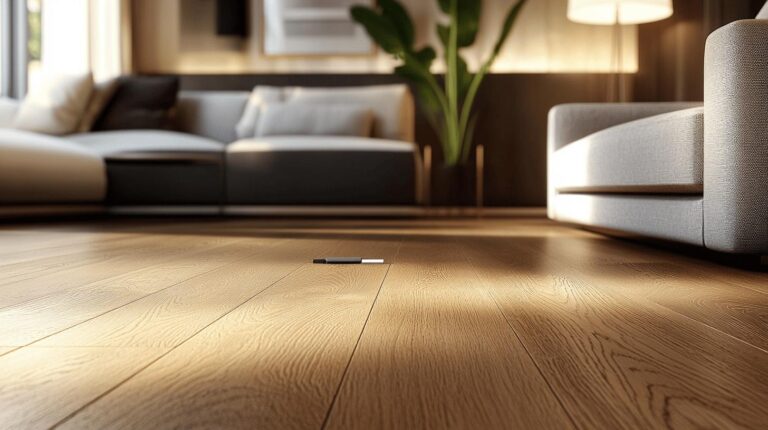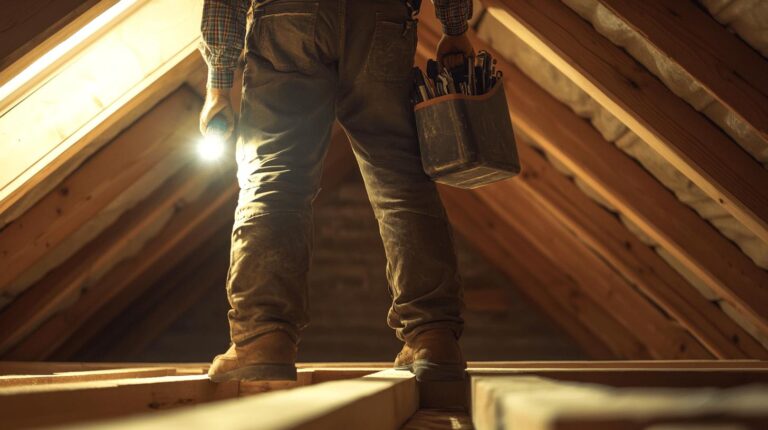Restoring faded wood floors doesn’t always require the hassle of sanding. What if there were easier, less invasive alternatives that still breathe new life into your flooring? The good news is that these methods exist and can save you both time and money while maintaining the natural beauty of your wood floors. By understanding your specific floor type, preparing adequately, and choosing the right products, you can embark on a restoration journey that focuses on convenience and preservation. This guide unveils non-invasive techniques to revitalise your faded floors, ensuring a seamless and stunning transformation.
Understanding Your Wood Floor Type Before Restoration
Identifying the type of wood floor is a fundamental step before commencing any refinishing project. Different floor types necessitate distinct approaches to restoration, particularly when considering alternatives to traditional sanding. Prefinished and laminated hardwood floors are especially challenging in this regard due to their thin layers, which make conventional sanding impractical. Choosing the right restoration method hinges on recognising these characteristics and opting for techniques that preserve the integrity of the floor while achieving the desired aesthetic improvement.
Prefinished Floors
Prefinished floors come with a factory-applied finish that provides durability and an even surface. However, the challenge arises when attempting to refinish these floors, as sanding can easily compromise the thin finish layer. Instead of sanding, alternatives such as buffing and recoating are recommended. This approach involves lightly abrading the surface with a buffer and applying a new coat of finish to restore shine and protection. This method is less invasive and helps maintain the floor’s original thickness and structure.
Laminated Hardwood Floors
Laminated hardwood floors, often consisting of a thin veneer over a core material, are not suited for sanding. The veneer layer is typically too thin to withstand the aggressive nature of sanding without risking damage. Instead, restoration methods such as applying a revitalizer or using a chemical abrasion kit are advisable. These methods work by enhancing the floor’s appearance without removing the delicate veneer, ensuring the floor remains intact while achieving a refreshed look.
Essential Preparation Steps for Restoring Wood Floors
Effective preparation is fundamental to the success of any wood floor restoration project. Before applying any refinishing method, it’s crucial to address potential issues that could affect the outcome. This involves inspecting the floor for loose boards or protruding nails, as these can interfere with the application of revitalizers or other non-invasive treatments. Additionally, removing furniture and rugs is essential to provide clear access to the entire floor surface. Thorough cleaning with a damp cloth will remove dirt and dust, ensuring that subsequent products adhere properly. Special attention should be paid to stains and specific problem areas to prevent them from affecting the finish.
- Inspect for loose boards and nails
- Remove all furniture and rugs
- Clean the floor with a damp cloth
- Address any stains or special problem areas
- Gather materials like wood cleaner, conditioner, and wood filler
Non-Invasive Methods to Restore Faded Wood Floors
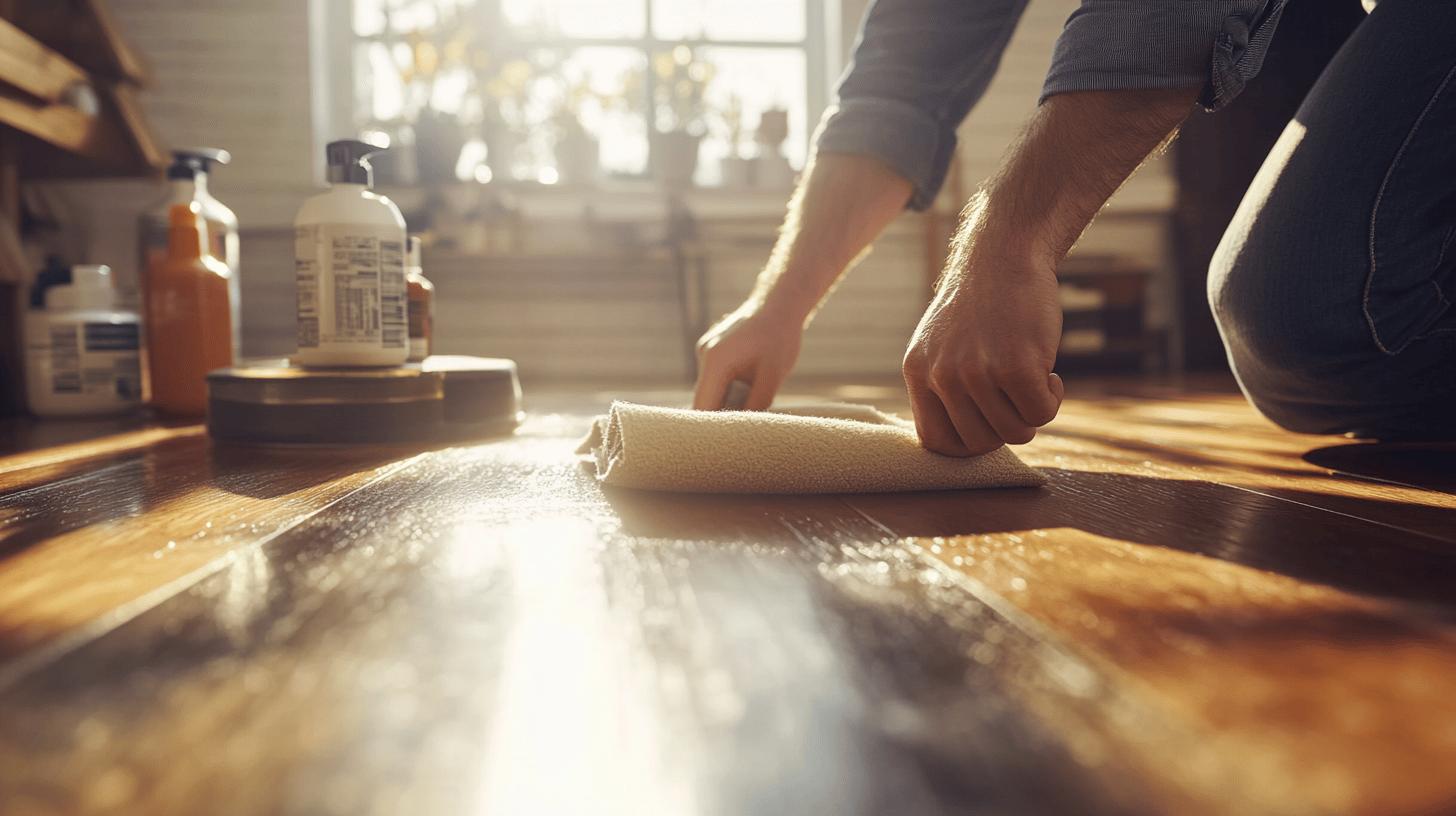
Restoring faded wood floors without the need for sanding is both cost-effective and time-saving. This approach not only preserves the wood’s original beauty but also significantly reduces dust and debris, improving indoor air quality. For those looking to rejuvenate their floors without the hassle of sanding, several alternative refinishing methods are available. These methods are designed to address various levels of damage, from superficial fading to deeper scratches, while maintaining the structural integrity of the floor.
One effective method is the use of floor revitalizers, which are easy to apply and offer a quick refresh for floors with minimal wear. These products are formulated to restore shine and surface protection without altering the wood’s surface. Floor revitalizers work best on recently faded surfaces and can be applied with minimal preparation. Simply clean the floor thoroughly, apply the revitalizer evenly, and allow it to dry, resulting in a renewed appearance with minimal effort.
For floors with deeper scratches or more significant wear, using wood stain or paint can effectively conceal imperfections. This method involves selecting a stain or paint that matches the existing wood colour and then applying it with a soft cloth to fill in the scratches. After allowing 24 hours for the stain or paint to dry, the floor can be buffed with a floor buffer to enhance its shine. Finally, a high-quality finish should be applied to protect the newly restored surface, ensuring the longevity of the repair.
Choosing the Right Products for Wood Floor Restoration
Selecting the appropriate products for wood floor restoration is critical to achieving a successful outcome. The right products ensure compatibility with the existing floor surface, preserve the wood’s natural beauty, and enhance durability. When choosing products, it is essential to consider factors such as the type of wood, the extent of damage, and the desired finish. High-quality finishes are particularly important, as they offer better protection and longevity. Eco-friendly options are also highly recommended, as they minimise environmental impact and are safer for indoor air quality. Using products specifically designed for wood floors will help maintain their appearance and extend their lifespan.
Recommended product types and features include:
- Wood cleaners or conditioners
- Eco-friendly options
- High-quality hardwood floor finishes
- Wood fillers for cracks and deeper scratches
Maintenance Tips for Restored Wood Floors
Maintaining the aesthetic appeal and durability of restored wood floors requires consistent care and attention to detail. To ensure the longevity of these surfaces, it is essential to incorporate specific maintenance practices into your routine. Regular vacuuming with a soft brush attachment helps to remove dust and debris without scratching the wood, preserving its smooth finish.
Additionally, using specialised wood floor cleaning products is crucial, as they effectively clean without damaging the surface. It’s important to avoid excess moisture, which can lead to warping or staining. Spills should be wiped up immediately to prevent permanent damage. Protecting the floor from scratches is also vital; using furniture pads can prevent marks caused by heavy furniture movement. Finally, routinely checking for signs of wear and reapplying the finish as necessary will maintain the wood’s protective layer and keep it looking its best.
- Regularly vacuum with a soft brush attachment
- Clean with appropriate wood floor products
- Avoid excess moisture and spills
- Use furniture pads to prevent scratches
- Regularly check for wear and reapply finish as needed
Final Words
Successfully restoring faded wood floors without sanding involves understanding your floor type and employing suitable, non-invasive methods. Prefinished and laminated floors require a careful selection of alternative refinishing techniques due to their specific characteristics. Preparation is indispensable, ensuring any restoration effort yields the desired results.
Choosing the right products, with a focus on eco-friendly options, enhances the quality of the restoration. Consistent maintenance ensures your floors remain vibrant for years to come.
Embrace these practices to preserve the elegance of your wood flooring while making the process hassle-free. By following this guide, achieving high-quality results in wood floor restoration is well within reach.
FAQ
How can I make hardwood floors look new without refinishing?
To make hardwood floors look new without refinishing, use wood floor revitalisers. Clean the floor thoroughly, apply a restorative product like Rejuvenate Wood Floor Restorer, and buff for a renewed appearance.
How do you remove varnish from hardwood floors without sanding?
To remove varnish without sanding, use a chemical varnish remover. Apply it according to the instructions, allowing it to soften the varnish, then carefully scrape it off.
How to darken hardwood floors without sanding?
To darken hardwood floors without sanding, apply a wood stain suitable for hardwood. Ensure the surface is clean and dry before applying the stain evenly for the best results.
What is a hardwood floor refinishing kit?
A hardwood floor refinishing kit typically includes all necessary materials for floor restoration without sanding. It might consist of a cleaner, a floor finish, application tools, and instructions.
How do you restore hardwood floors without sanding?
To restore hardwood floors without sanding, clean the surface, buff using a floor buffer, and apply a hardwood floor restorer like Minwax Hardwood Floor Reviver for a refreshed look.
How do you fix sun-faded hardwood floors without sanding?
To fix sun-faded hardwood floors without sanding, use a treatment that includes cleaning, applying a wood conditioner, and possibly a wood stain to restore colour.
Does sandless floor refinishing work?
Sandless floor refinishing is effective for minor wear and surface-level restoration. It involves cleaning, buffing, and recoating, offering a convenient alternative to traditional sanding.

